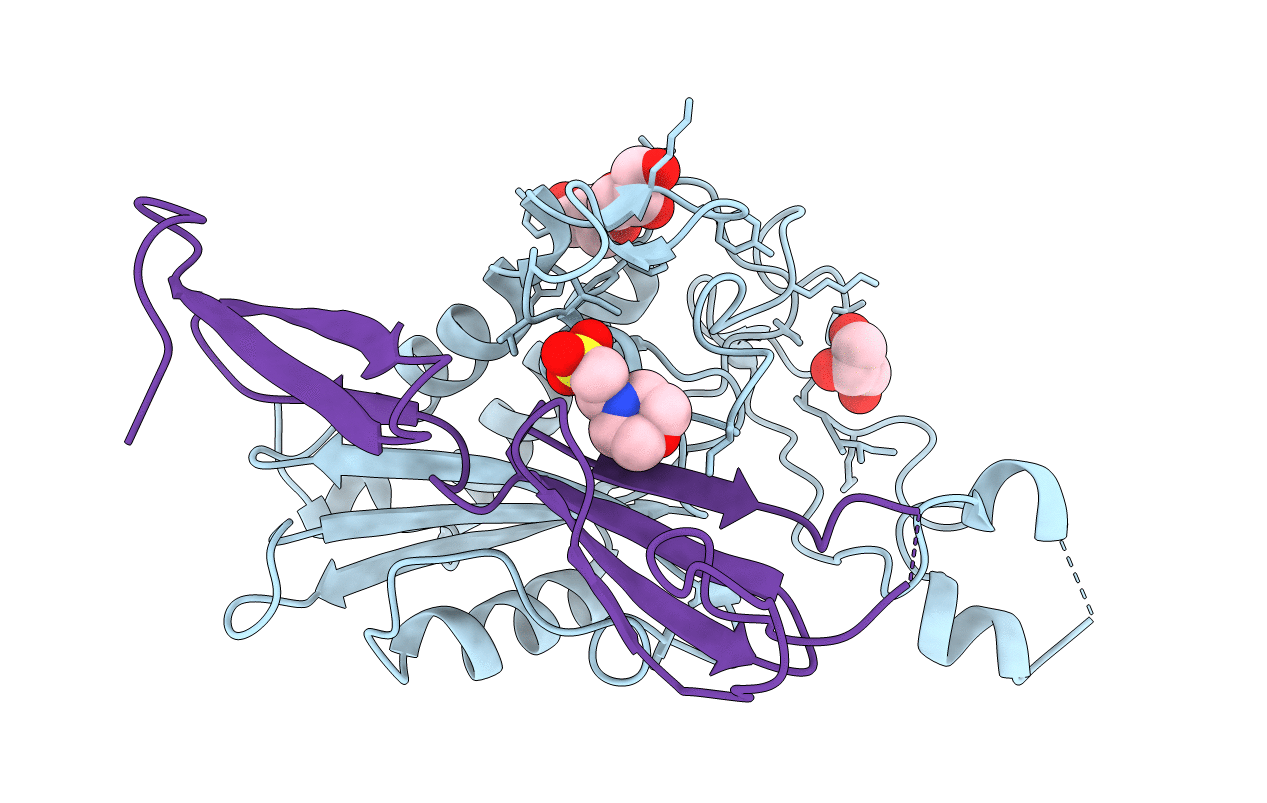
Deposition Date
2018-10-22
Release Date
2018-12-12
Last Version Date
2024-10-23
Method Details:
Experimental Method:
Resolution:
2.30 Å
R-Value Free:
0.21
R-Value Work:
0.18
R-Value Observed:
0.18
Space Group:
C 1 2 1


